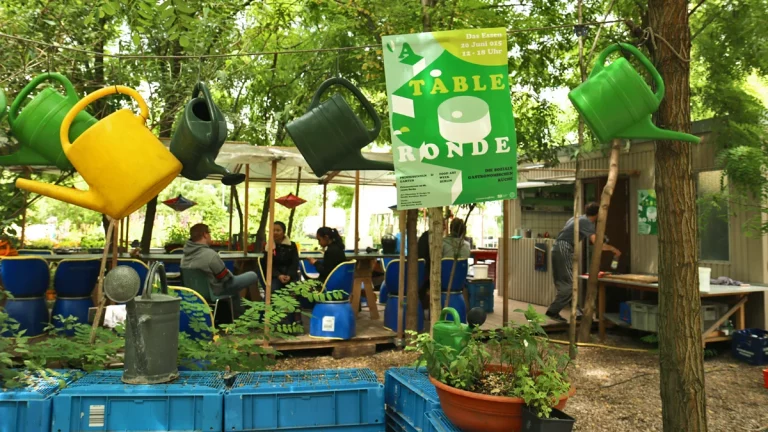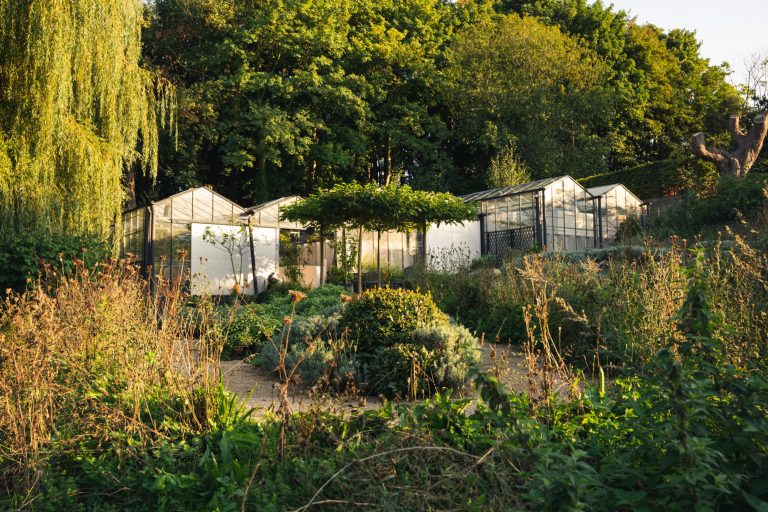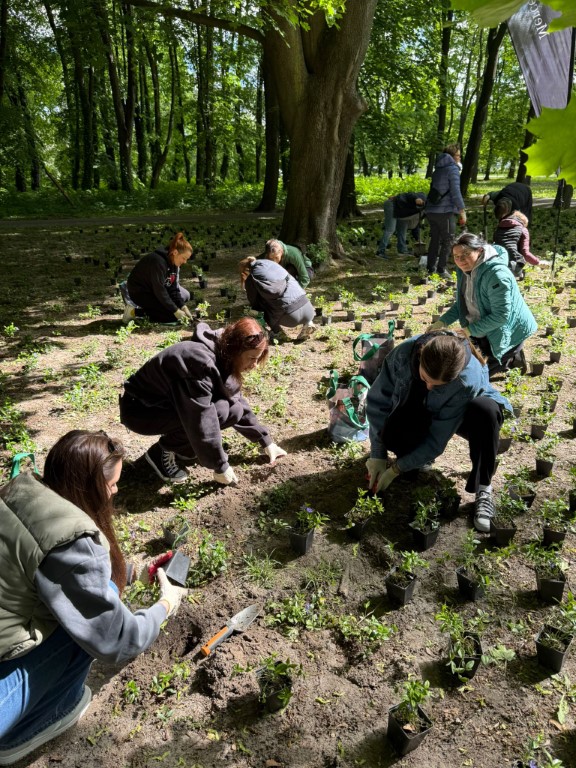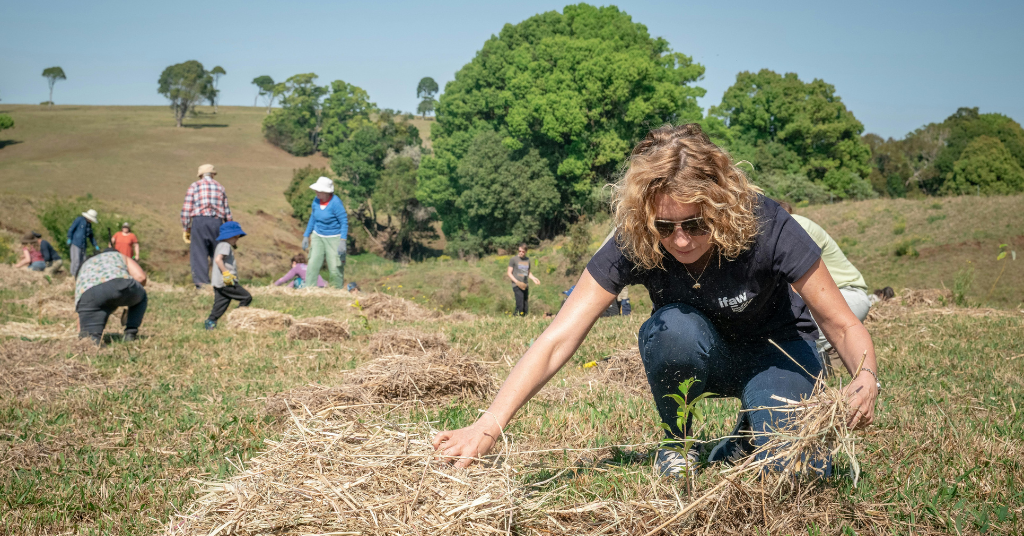As the global environmental crisis intensifies, local community-based environmental projects have become essential in promoting sustainability. According to a 2023 report by the United Nations Environment Programme (UNEP), local initiatives can have a disproportionately large impact on environmental preservation, especially when supported by a community.
The FF55 plan encourages initiatives at both the community and national levels that can significantly help reduce carbon emissions and environmental degradation. By fostering local sustainable projects and providing financial incentives for communities that adopt green practices, FF55 ensures that local actions, such as waste reduction programs and environmental education, are supported on a larger scale.
The importance of local action
Local environmental projects focus on preserving natural resources, improving waste management, enhancing biodiversity, and protecting ecosystems. While large-scale international projects are crucial, it’s often the grassroots efforts that have a direct and lasting impact on the environment. According to a study by the Center for Local Initiatives, communities involved in local environmental initiatives report higher levels of environmental awareness and greater resilience to climate change impacts.
One of the most well-known forms of community-driven action is community cleanups. Whether it’s a beach cleanup, park restoration, or river clean-up initiative, these actions not only remove waste from the environment but also raise awareness about pollution.
How you can get involved
In the summer months, there are ample opportunities for people to participate in or support local environmental projects:
- Community gardens: Many cities and towns have community gardens that encourage residents to grow their own produce. These gardens often use organic and sustainable farming practices, which help preserve biodiversity and reduce the carbon footprint associated with transporting food.
- Prinzenstraße Community Garden, Berlin (Germany)

Prinzenstraße Community Garden, Berlin
Located in the Kreuzberg district, this vibrant space applies permaculture and composting principles. It’s a living example of ecological education, where locals grow herbs, fruits, and vegetables together. Even after splitting into two parts in 2020, it remains a green urban hub, supporting community bonding.
- OmVed Gardens, London (UK)
Transformed from a derelict garden center in 2017, OmVed became a multifunctional urban ecosystem. It includes forest gardens, vegetable beds, and a kitchen space used for seasonal, plant-based workshops. It connects food sustainability, local biodiversity, and climate awareness.
- OmVed Gardens, London (UK)

OmVed Gardens, London (UK)
- Tree planting initiatives: According to the World Resources Institute, planting trees is one of the most effective ways to combat climate change. Community-based tree planting initiatives, such as those organized by organizations like Trees for the Future, help to sequester carbon while promoting local biodiversity.

- EUROplant Project, Poland (Piekary Śląskie, Częstochowa, Rybnik)
In October 2022, residents of all ages participated in planting native trees and shrubs. Events included education on plant care and environmental resilience. This was more than just planting – it was community empowerment and climate education in action.
- EUROplant Project, Poland (Piekary Śląskie, Częstochowa, Rybnik)
- “Yes We Plant,” Wallonia (Belgium)
As part of the EU’s 3 Billion Trees by 2030 target, this regional initiative has planted over 260,000 trees and 10,000 fruit trees, and created 250 km of hedges by 2024. The program encourages citizens, farmers, and schools to plant trees with government support.
- “Yes We Plant,” Wallonia (Belgium)
- Bratislava’s 10,000 Trees Initiative (Slovakia)
As part of the city’s urban climate adaptation strategy, over 3,000 mature trees and 20,000 seedlings were planted between 2021 and 2022. The aim was to mitigate the urban heat island effect, improve air quality, and increase biodiversity.
- Bratislava’s 10,000 Trees Initiative (Slovakia)
- Recycling programs: Local recycling programs, such as zero waste or composting initiatives, are an excellent way for communities to reduce landfill waste. A report by the Environmental Protection Agency (EPA) revealed that in 2020, the recycling rate in the U.S. was only 32%, highlighting a significant area for improvement.
Supporting local environmental projects
Supporting these initiatives can be done in several ways:
- Volunteering: Many local organizations rely on volunteers to carry out environmental activities. Whether it’s cleaning up a local park or helping with a tree-planting event, your time can make a big difference.
- Donating: If you are unable to physically participate, consider donating to a local environmental project. Your contributions can fund equipment, materials, or even salaries for workers dedicated to preserving your community.
- Spreading awareness: Raise awareness by promoting environmental initiatives on social media or organizing local community events to educate others about the importance of sustainability.
The long-term benefits
Investing in local environmental projects not only benefits the immediate community but also contributes to the global fight against climate change. For example, local conservation efforts can help restore natural habitats for endangered species and contribute to water and air quality improvements. According to the National Geographic Society, these types of local projects are critical for improving global biodiversity and ecosystem health.




